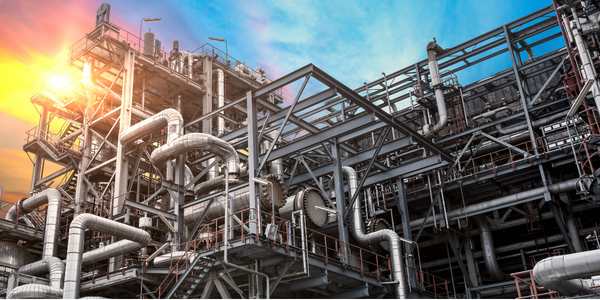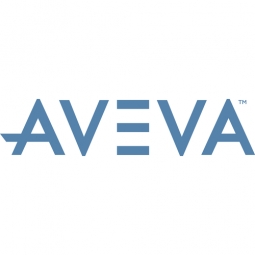Customer Company Size
Large Corporate
Region
- Europe
- Asia
Country
- Norway
- Denmark
Product
- AVEVA PDMS
- AVEVA E3D
- AVEVA Engineering
Tech Stack
- AVEVA Engage
- AVEVA VR
Implementation Scale
- Enterprise-wide Deployment
Impact Metrics
- Cost Savings
- Productivity Improvements
Technology Category
- Application Infrastructure & Middleware - Data Exchange & Integration
Applicable Industries
- Oil & Gas
Applicable Functions
- Discrete Manufacturing
Services
- Software Design & Engineering Services
About The Customer
Aibel is a leading service company within the upstream oil & gas industry. A longtime partner of AVEVA, Aibel delivers customized turnkey solutions for engineering, construction, modifications, and maintenance. A company of 4,000, Aibel operates out of nine offices spread out across Norway, Denmark, and Southeast Asia. Aibel’s latest project involved the engineering, procurement, and construction of a 22,500 ton drilling platform for a global energy company called Equinor. The scope of the project was massive, but having utilised AVEVA PDMS for the past 20 years, Aibel knew they had the manpower and software necessary to complete the $1.2 billion project on time and under budget.
The Challenge
Aibel, a leading service company in the upstream oil & gas industry, was tasked with the engineering, procurement, and construction of a 22,500 ton drilling platform for a global energy company called Equinor. The project was massive in scale and required collaboration from over 850 engineers from all over the world. The challenge was to manage this large-scale project across multiple international offices and deliver the platform on time and under budget. The scale of the project was such that it was unsupportable by most software.
The Solution
Aibel leveraged AVEVA's powerful engineering and design tools, specifically AVEVA PDMS, to facilitate collaboration across multiple international offices and deliver the Johan Sverdrup Drilling Platform on time and under budget. More than 850 engineers from all over the world contributed to the engineering and design phase of the project alone. At its peak, Aibel employed 300 AVEVA PDMS licenses, resulting in upwards of 55,000 CAD drawings. According to Aibel, a smooth design process wouldn’t have been possible without PDMS Global’s multi-site functionality. For the next phase of the project, Aibel plans to transition from PDMS to AVEVA E3D and AVEVA Engineering, AVEVA’s latest and greatest solutions.
Operational Impact
Quantitative Benefit

Case Study missing?
Start adding your own!
Register with your work email and create a new case study profile for your business.
Related Case Studies.

Case Study
Taking Oil and Gas Exploration to the Next Level
DownUnder GeoSolutions (DUG) wanted to increase computing performance by 5 to 10 times to improve seismic processing. The solution must build on current architecture software investments without sacrificing existing software and scale computing without scaling IT infrastructure costs.

Case Study
Remote Wellhead Monitoring
Each wellhead was equipped with various sensors and meters that needed to be monitored and controlled from a central HMI, often miles away from the assets in the field. Redundant solar and wind generators were installed at each wellhead to support the electrical needs of the pumpstations, temperature meters, cameras, and cellular modules. In addition to asset management and remote control capabilities, data logging for remote surveillance and alarm notifications was a key demand from the customer. Terra Ferma’s solution needed to be power efficient, reliable, and capable of supporting high-bandwidth data-feeds. They needed a multi-link cellular connection to a central server that sustained reliable and redundant monitoring and control of flow meters, temperature sensors, power supply, and event-logging; including video and image files. This open-standard network needed to interface with the existing SCADA and proprietary network management software.

Case Study
Refinery Saves Over $700,000 with Smart Wireless
One of the largest petroleum refineries in the world is equipped to refine various types of crude oil and manufacture various grades of fuel from motor gasoline to Aviation Turbine Fuel. Due to wear and tear, eight hydrogen valves in each refinery were leaking, and each cost $1800 per ton of hydrogen vented. The plant also had leakage on nearly 30 flare control hydrocarbon valves. The refinery wanted a continuous, online monitoring system that could catch leaks early, minimize hydrogen and hydrocarbon production losses, and improve safety for maintenance.






